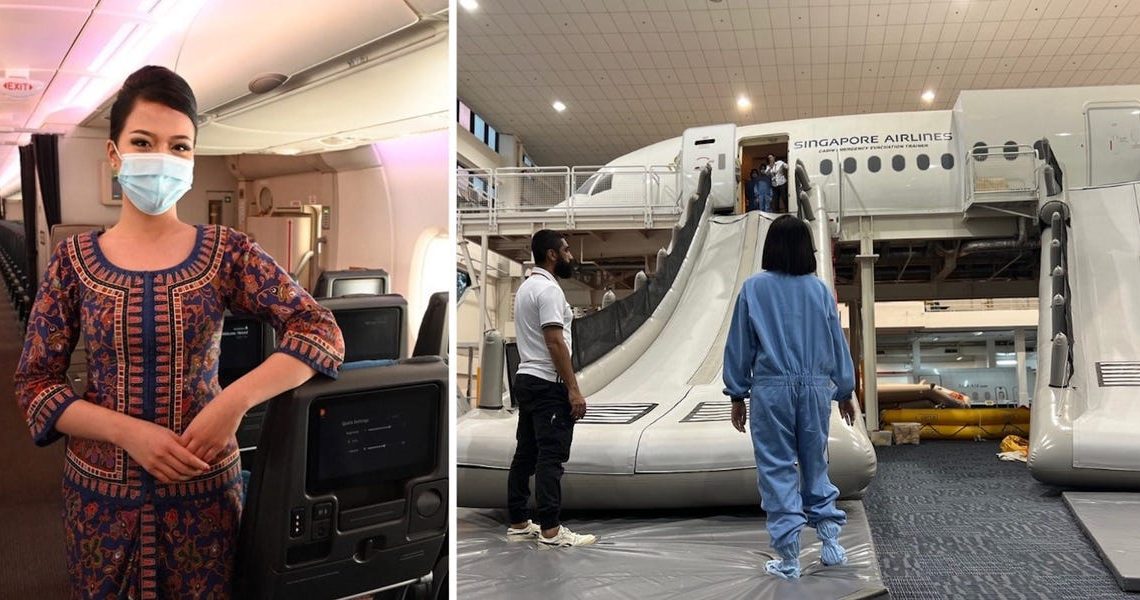Yes, interacting with passengers and serving drinks is part of the job, but crew members must also go through weeks-long training to learn things like emergency evacuations and first aid.
Aviation regulators determine how many flight attendants must be present for a flight to take off. In the US, there is one flight attendant for every 50 passengers…
…meaning a 175-seater Boeing 737 must have a minimum of four. According to ICAO, the staffing requirement ensures flight attendants can “effectively conduct a timely evacuation and increase the survivability of passengers during an accident.”
Insider went behind the scenes at Singapore Airlines’ flight attendant training center to learn about the program and expectations — take a look.
Singapore Airlines is regularly rated one of the best in the world and its inflight crew was named “world’s best cabin staff” in 2022 by ranking website Skytrax.
Source: Skytrax
And, it’s no surprise after seeing the drills and courses trainees must go through before they can work a real flight. According to Singapore, the entire process takes four months — the longest worldwide.
Some basic hiring requirements include being at least 18 years old, having a “pleasant personality,” being fluent in English, and meeting certain height requirements — 5’2″ for women and 5’4″ for men.
Those that get through the hiring phase will start their career at a giant training facility in Singapore, which features several aircraft cabin mock-ups, as well as rafts, slides, and other safety equipment.
Safety emergency procedures, medical practices, customer service, etiquette, and grooming will be taught. First aid can include things like CRP or delivering a baby.
Current flight attendants will also visit this facility each year for recurrent training — a requirement to stay legal to fly, as well as maintain their skill and procedural knowledge.
The first room we visited had the giant evacuation slides, which deploy from the doors during an emergency. These could be used during things like a fire in the cabin or after a crash landing.
There were two slides on the model aircraft — the front replicating a Boeing 777 and the rear one replicating the Airbus A380.
Inside are cabins with seats and equipment to better simulate a full-scale evacuation, including things like smoke and alarms.
A class of trainees demonstrated how to properly go down the slide, which required them to keep their arms out, their legs straight, and sit up.
Because they are an example for passengers, they were told not to hesitate and to be confident.
One trainer stood at the end of the slide and there was a pad on the floor to ensure no one got hurt. There are also side rails for safety — but they are absent from real emergency slides.
I enjoyed watching the motion of the exercise. It was quick, and the trainer was voicing critiques after each jump — though some she said performed flawlessly.
I also noticed a near-even split between male and female trainees in the class, and Singapore told Insider that about 40% of its flight attendants are men.
Source: Singapore Airlines
Support authors and subscribe to content
This is premium stuff. Subscribe to read the entire article.
Login if you have purchased











